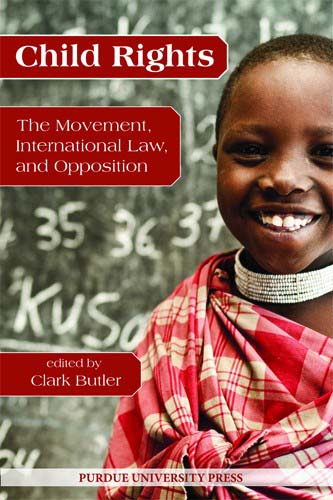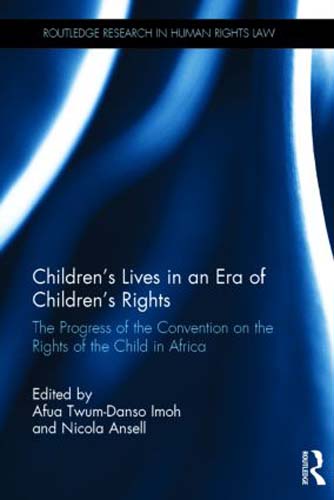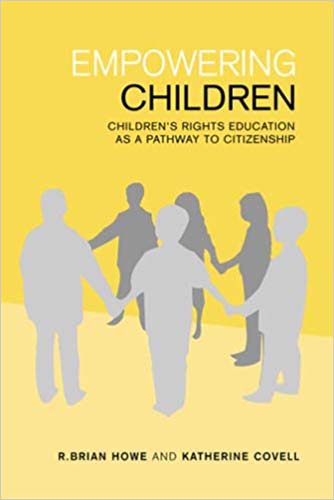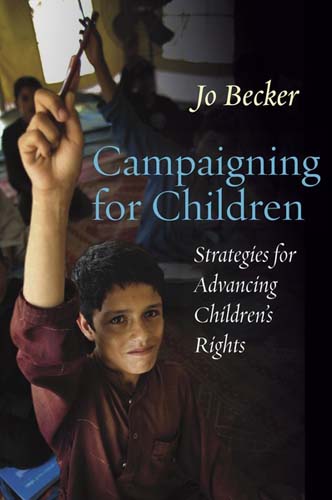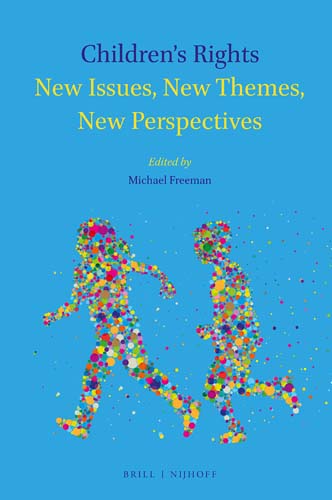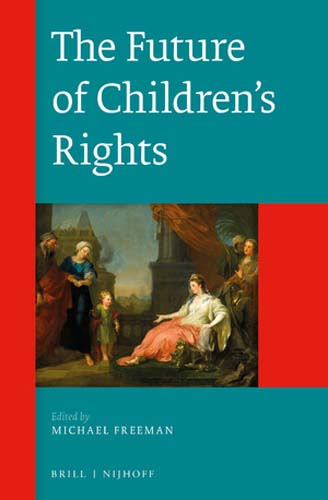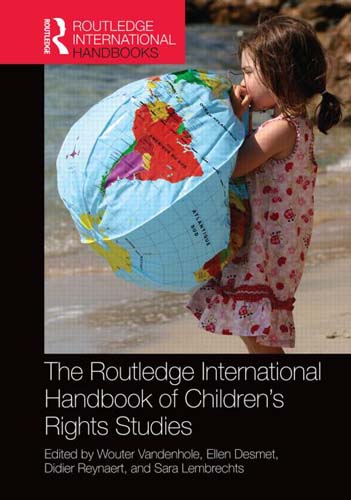
International Handbook of Children’s Rights Studies
Since the adoption of the UN Convention on the Rights of the Child (1989) children’s rights have assumed a central position in a wide variety of disciplines and policies.
This handbook offers an engaging overview of the contemporary research landscape for those people in the theory and practice of children’s rights. The volume offers a multidisciplinary approach to children’s rights, as well as key thematic issues in children’s rights at the intersection of global and local concerns. The main approaches and topics within the volume are:
• Law, social work, and the sociology of childhood and anthropology
• Geography, childhood studies, gender studies and citizenship studies
• Participation, education and health
• Juvenile justice and alternative care
• Violence against children and female genital mutilation
• Child labour, working children and child poverty
• Migration, indigenous children and resource exploitation
The specially commissioned chapters have been written by renowned scholars and researchers and come together to provide a critical and invaluable guide to the challenges and dilemmas currently facing children’s rights.
© Routledge


